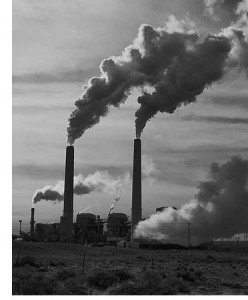TUESDAY, 21 JUNE 2011
 The internal combustion engine of motor vehicles operates at around 25 to 40 percent conversion efficiency from fuel to power. As a result large amounts of thermal energy are rejected into the atmosphere without further utilisation. This presents significant opportunities for waste heat recovery.
The internal combustion engine of motor vehicles operates at around 25 to 40 percent conversion efficiency from fuel to power. As a result large amounts of thermal energy are rejected into the atmosphere without further utilisation. This presents significant opportunities for waste heat recovery.Mechanical engineers Hailei Wang and Richard Peterson at Oregon State University are developing systems to convert waste heat into higher grade energy that can be used for cooling or to provide electricity. Their prototype uses waste heat coming off an engine exhaust flow to heat an Organic Rankin Cycle, an existing technology that can convert low-temperature heat into useful work. Here, the ORC is used to drive a vapour compression cycle, which achieves space cooling. Because Wang and Peterson use extremely small micro-channels in their heat exchangers, their thermally activated cooling system is more efficient than other models and is lightweight [1].
Written by Robert Jones
